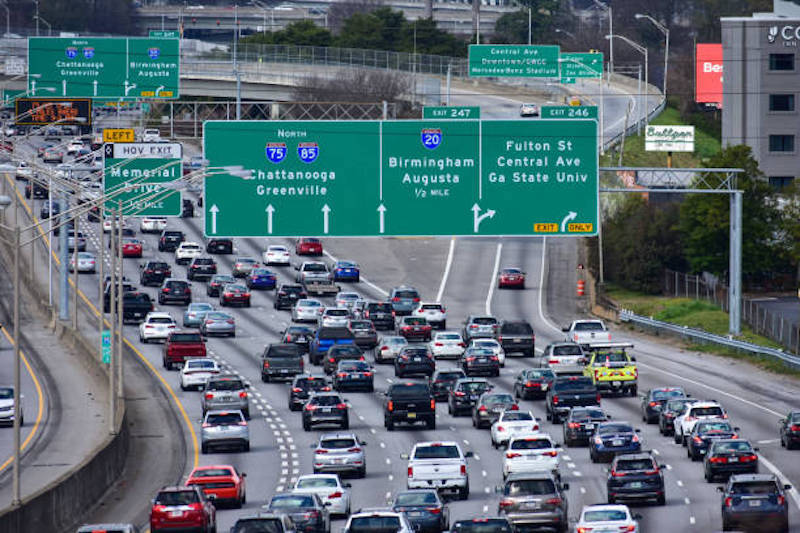Managing traffic for large-scale public events such as concerts, festivals, or sports competitions is a complex task that requires meticulous planning and coordination. Effective traffic control ensures smooth vehicular movement, pedestrian safety, and minimal disruptions to the surrounding communities. Here’s a comprehensive guide to developing a traffic control plan for large-scale public events, with insights from Salus Traffic Control Management.
1. Conducting a Detailed Site Assessment
Analyzing the Event Location and Infrastructure
Begin by conducting a thorough analysis of the event location and its infrastructure. Consider factors such as road layout, existing signage, pedestrian pathways, and nearby intersections. Understanding the unique characteristics of the site helps in designing a tailored traffic control plan that addresses specific needs.
2. Identifying Traffic Management Goals and Challenges
Goals
The primary goals of any traffic management plan for large-scale events are to ensure smooth traffic flow, enhance participant safety, and facilitate efficient ingress and egress. Achieving these goals is crucial for a positive attendee experience and minimizing disruptions to local residents.
Challenges
Traffic management for large-scale events presents several challenges, including managing heavy vehicular and pedestrian traffic, coordinating parking, ensuring pedestrian safety, and implementing road closures. Each challenge requires careful planning to avoid adverse effects on the event and its surrounding areas.
3. Developing a Comprehensive Traffic Control Plan
Traffic Flow and Alternative Transit
Map out how traffic will flow into and out of the venue. Consider using channelizers, fencing, and other equipment to avoid congestion on nearby roads. Include provisions for alternative transportation options such as shuttle buses and rideshare areas.
Parking Management
Effective parking management is essential for large events. Use flags, cones, or other markers to designate parking spots and employ volunteers or staff to guide attendees. Ensure that parking areas are well-organized to prevent confusion and delays.
Pedestrian Safety
Ensure that pedestrian pathways are clearly marked and well-lit. Designate safe crossing points and use barriers to separate pedestrian and vehicular traffic. Consider accessibility needs, including wheelchair ramps and tactile surfaces.
4. Coordinating with Local Authorities and Stakeholders
Collaboration and Communication
Work closely with local authorities, including police, fire departments, and emergency medical services, to ensure that all traffic control measures comply with local regulations. Effective communication with stakeholders, including event organizers and nearby residents, is crucial for the success of the traffic management plan.
Public Communication
Inform the public about upcoming traffic control measures through various channels, such as public announcements, media notifications, and digital messaging systems. Keeping attendees informed helps reduce confusion and enhances the overall event experience.
5. Implementing Traffic Control Measures
Deploying Traffic Control Devices and Personnel
Once the traffic management plan is finalized, deploy traffic control devices such as cones, barricades, and signs. Professional flaggers, like those provided by Salus Traffic Control Management, are essential for directing traffic and ensuring safety.
Adapting to Real-Time Conditions
Monitor real-time traffic conditions and be prepared to adapt the plan as needed. Emergency situations or unforeseen obstacles may require quick adjustments to maintain smooth traffic flow and safety.
6. Post-Event Evaluation and Continuous Improvement
Capturing Feedback and Lessons Learned
After the event, gather feedback from attendees, authorities, and other stakeholders to evaluate the effectiveness of the traffic management plan. Identify areas for improvement and implement necessary adjustments for future events.
Continuous Improvement
Embrace a continuous improvement mindset by refining and enhancing traffic management strategies based on lessons learned from previous events. This approach ensures the ongoing success of large-scale events and provides attendees with a safe and enjoyable experience.
Conclusion
Developing a traffic control plan for large-scale public events is a multifaceted process that requires careful planning, coordination, and adaptability. By following these steps and leveraging the expertise of professionals like Salus Traffic Control Management, event organizers can ensure smooth traffic flow, enhance safety, and create a positive experience for all attendees.





